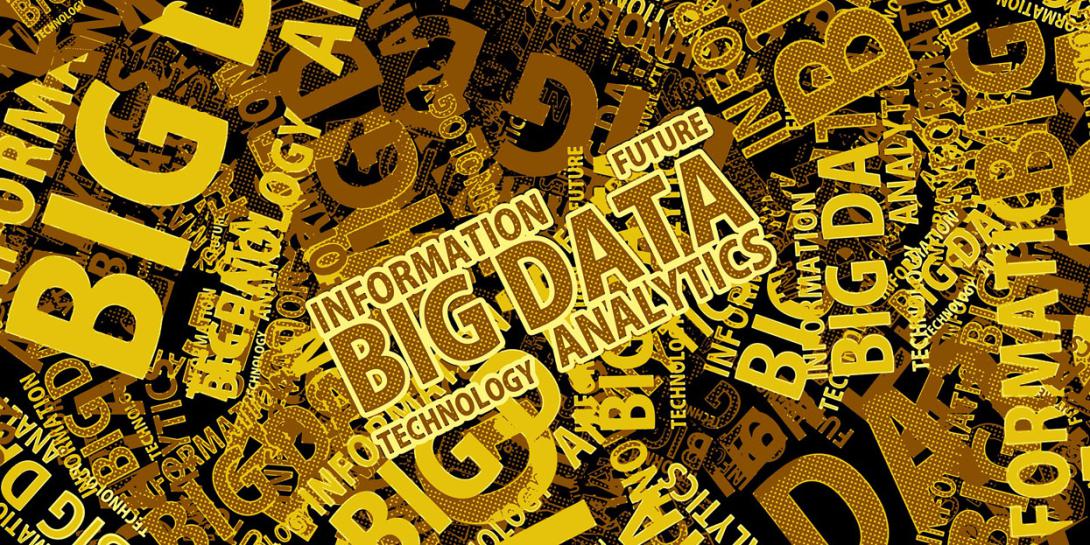Unleash the Untapped Potential of Data Analytics
By now, federal agencies universally recognize that data is an asset with seemingly limitless value as they seek to reduce costs, boost productivity, expand capabilities and find better ways to support their mission and serve the public.
Yet, they’re encountering major difficulties in attempting to effectively analyze their data to fully realize this value. More than 80 percent of government analytics professionals say that analytics plays either a “dominant,” “important” or otherwise key role in their agency’s most significant decisions, with 62 percent indicating that analytics should primarily drive performance improvement and strategic development, according to a survey from REI Systems, Johns Hopkins University and the American Council for Technology and Industry Advisory Council.
However, these professionals admit that data preparation accounts for more of their time than any other single work activity, including analyzing data and acting upon the observed summaries, patterns and trends. Nearly three-quarters say their agency does not do a good job in providing needed analytics resources and capabilities.
In other words, government personnel have more than enough data, but they don’t have the tools required to effectively leverage it. Put another way, it’s like having the correct ingredients, but no recipe to follow. Whether making a meal or data-driven decisions, recipes help guide the final result: the types and amount of ingredients used (data), as well as how they’re prepared and cooked (analyzed and acted upon), determine the outcome (noteworthy or negligible).
To get the most out of their data, government CIOs and their teams must lead a digital cultural transformation, encouraging agencies to think both strategically and tactically in collecting, analyzing and acting upon data-based intelligence. One without the other will result in aimlessness and unmet expectations, as well as potential pushback on future analytics investments.
The tactical intelligence addresses day-to-day operations, keeping a pulse on the present and using analytics resources to take advantage of existing opportunities and solve problems in real-time. Through strategic intelligence, decision-makers gain insights about emerging trends and patterns which unfold over longer periods of time—months, years or more—and then prescribe corrective responses based upon available alternatives and a more complete understanding and estimation of current and future environments.
Simply stated, strategic intelligence is about defining policies and practices. Tactical intelligence is about implementing policies and practices. Without both, the policies and practices will fail.
Fortunately, ongoing innovation has produced readily available solutions that can greatly enhance the government’s pursuit of strategic and tactical intelligence. These tools gather data from multiple sources, such as databases, sensors, real-time streaming data and unstructured data, including audio, video and text/logs, and conduct descriptive, diagnostic, predictive and prescriptive analytics to help agencies achieve their missions and goals. The flexible and open architecture of analytics applications allow the solutions to work seamlessly with other analytics and visualization applications. Machine learning further enables data exploration and insights based on the underlying patterns and trends.
Self-service analytics and the associated rich, graphical user interfaces support superior dashboard displays so users—whether analysts, senior executives/managers or their teams—dive right into the work at hand regardless of whether they can write a single line of code. With this, IT and business functions come together to collect, prep and analyze any data that advances strategic and tactical goals.
Subsequently, staff spends more time making good decisions and implementing against them, instead of endlessly collecting data. Strategic leaders obtain instant access to year-over-year breakdowns of performances, timelines, inventories, costs, etc., and come away with big picture conclusions that shape future policies and practices. Tactical teams take massive sets of data and swiftly extract subsets most relevant to their roles, to best inform their immediate responses.
We can envision ourselves within an agency’s finance office: The director is looking at her dashboard and observing that travel costs have nearly doubled in five years. So she dives deep into the spending patterns, including the airline fares, the hotel bills and restaurant tabs, and develops a reasonable but enforceable series of directives to contain the spending. That’s the strategic part of the equation.
Then, on the tactical side, dashboards send alerts to her team whenever an employee has run up charges that far exceed the new limitations, prompting the team to make inquiries as to what created the charges, and how to avoid this moving forward. By the next year, travel expenses have fallen considerably, and continue to drop in the years following.
For our Defense Department, it is important to win battles. But it is even more critical to win wars. Similarly, at agencies both military and civilian, optimal analytics can help employees improve their tactical execution to win daily “battles” while leaders develop more effective strategies to win “wars.” The data exists. The tools exist. Now, it’s time to bring them together to transform potential into results—making good on analytics, instead of simply making do.
Dr. Pragyansmita Nayak is the chief data scientist, Hitachi Vantara Federal.





Comments